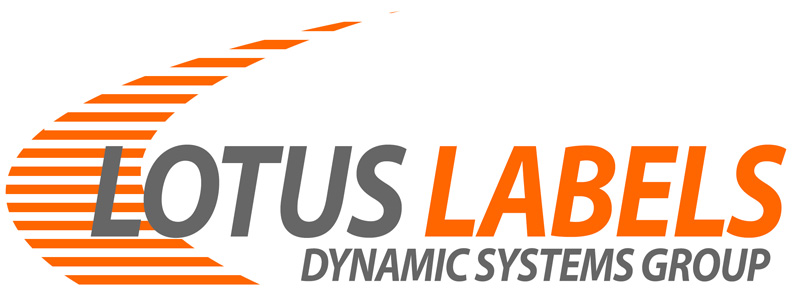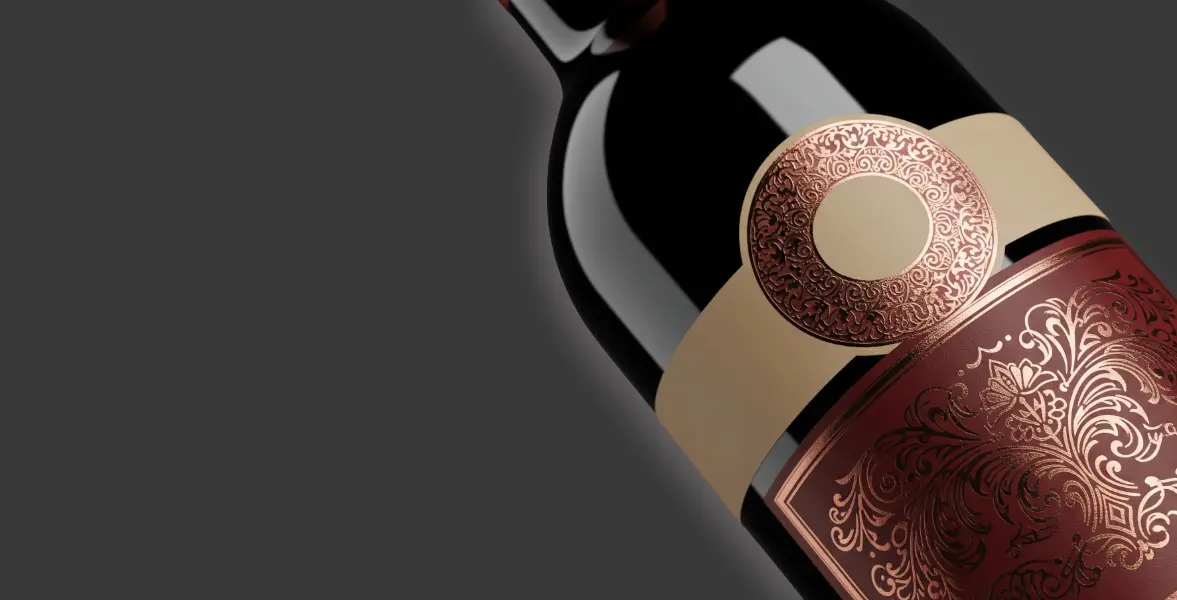The psychology of premium packaging shows us that before you taste the wine or try the skincare, the packaging has already shaped your expectations.
We may like to believe we make purely rational choices, but design and presentation play a powerful role in how we shop, subconsciously. In fact, research shows that most consumers base their purchasing decisions on packaging appeal, trust in the brand, and clear product information. The way a product looks and feels shapes how we perceive its value – and often whether we buy it at all.
Packaging shapes perception
Psychologists call this the halo effect. When we encounter something that looks elegant or carefully designed, we assume the product itself must share those qualities.
A clean, minimalist label can suggest purity and quality. A textured or embossed finish can convey craftsmanship. These are small details, but they work on a subconscious level, nudging us toward certain products and away from others.
This is why packaging design matters so much in competitive markets like health and beauty, food, and drinks. On crowded shelves, subtle design cues help consumers make snap decisions about trust, quality, and desirability.
The unboxing effect
Packaging also creates an experience beyond the shop floor. The unboxing trend where customers share the process of opening a product on social media has elevated the importance of presentation.
It’s not just about protecting the product anymore. Opening a package has become part of the brand story. A well-considered design can turn an ordinary purchase into a memorable, even shareable, moment.
For customers, that small moment of delight often becomes part of the reason they return to a brand.
Buying behaviour
Studies show that attractive, premium packaging can:
- Justify higher price points.
- Encourage impulse purchases.
- Reinforce identity – people gravitate to products that align with their values or lifestyle.
This is especially relevant in categories where emotion plays a big role; luxury skincare, gourmet food, or premium drinks. In these spaces, packaging isn’t just a container; it’s part of the promise of quality and indulgence.
Redefining luxury with sustainability
Not long ago, luxury packaging was often associated with heavy plastics, or layers of elaborate wrapping. Today, that definition is changing.
Modern consumers expect brands to combine elegance with responsibility. A carton made from recycled materials, or a label printed with vegan-friendly inks, will look and feel premium while reassuring customers that their purchase complies with their values.
In fact, many shoppers now see sustainability as an essential part of luxury. Packaging that looks refined and also demonstrates care for the environment is more likely to win trust and loyalty
If you want to highlight certain design elements – such as logos or brand patterns – you can also combine a gloss spot varnish with a matt laminate, creating a special efec that stands out both visually and physically.
Eco matters
There’s also an emotional dimension to eco-friendly packaging. When customers choose a product that feels both indulgent and responsible, they don’t just enjoy the purchase, they feel good about it.
That moral satisfaction creates a stronger bond with the brand. Over time, these small emotional rewards can be as influential as the product itself in driving repeat purchases.
Key takeaways for brands
So, what can businesses take from all this?
- Design with psychology in mind – Think about the subtle cues your packaging sends before the product is even opened.
- Make the experience part of the product – Consider how your packaging feels to open and interact with, not just how it looks on the shelf.
- Balance premium with planet – Customers want luxury, but they don’t want it at the environment’s expense.
- Stay authentic – Use materials and designs that genuinely reflect your values. Shoppers are quick to spot the difference between real commitment and token gestures.
Wrapping up
Premium packaging sits at the crossroads of psychology, design, and ethics. It shapes how people perceive a product, how much they are willing to pay for it, and how loyal they feel to the brand behind it.
For businesses in sectors like health and beauty, food, and drinks, packaging is no longer just about standing out, it’s about telling the right story. And increasingly, that story is one of both elegance and responsibility.
The brands that succeed will be those who make packaging not only look good but has meaning. Because the future of packaging isn’t just about what catches the eye, it’s about what resonates with the mind and the heart.

